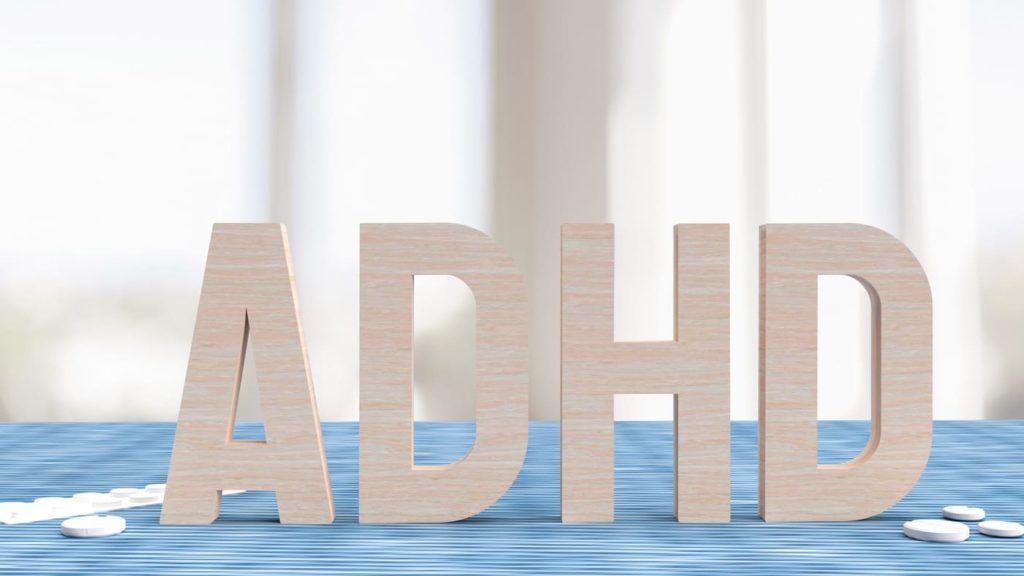L’ADHD (attention deficit disorder/hyperactivity disorder) is a disorder of neurodevelopment is characterized by layers disabling of inattention, disorganization, and/or hyperactivity-impulsivity.
In the end of childhood ADHD overlaps often to disorders such as the Disorder, Oppositional-Defiant, and the Disorder of Conduct.
The presence of ADHD is estimated at about 5% of children and 2.5% of adults.
How to manifest disorders, attention-deficit/hyperactivity disorder?
According to the DSM-5, the essential feature of ADHD is a persistent presence in more than one context (e.g. school, home, sports) a framework characterized by inattention and/or hyperactivity-impulsivity that interferes with the development and functioning.
The inattention we highlight, on the floor, behavioral manifestations, is not motivated only by the attitudes of defiance or lack of comprehension.
(e.g., neglect or omit details, work is inaccurate).
(for ex: has difficulty staying focused during a lecture, a conversation or a long read).
(e.g., mind seems elsewhere, even in the absence of distractions obvious).
(e.g., starts tasks but quickly loses concentration and gets distracted/in easily).
(e.g., household chores; running errands; for older adolescents and adults, remember to make a phone call; pay your bills; make appointments).
L’hyperactivity it implies an excessive motor activity that manifests itself in moments and situations in which it is not appropriate.
(for example, leaves the place in the class, in the office or at another place of work, or in other situations that require you to stay at their place).
(e.g., starts tasks but quickly loses concentration and gets distracted/in easily).
Depending on the presence/absence of the two categories of symptoms, you can differentiate between three subtypes of the disorder.
The event combined
The most typical in the developmental age, this event is characterized by a the framework combined symptoms of inattention and hyperactivity-impulsivity.
The event with inattention predominant
the symptoms are mainly detectable in the category of “carelessness” compared to the “hyperactivity-impulsivity”. The children belonging to this subtype of the disorder have fewer problems at the behavioral level, and minor difficulties in interactions with peers; this can lead parents and teachers to neglect the symptoms. Can sit in a quiet way, however, their attention is not directed to what they're doing, or what the teacher explains.

The event with hyperactivity-impulsivity predominant
Most of the symptoms highlighted in the category “hyperactivity-impulsivity”. There may be few symptoms of inattention, but not reaching a threshold of clinical relevance.
They play so loud, they talk excessively with little control of the intensity of the voice interrupt people talking, or that they are doing the activities, without being able to wait for the opportune moment to intervene. Parents and teachers describe them constantly in motion and on the point of starting, unable to wait for a deadline or a turn.

Course, prevalence, and causes
Course
Although esordisca in childhood, there is no specification of an age of onset of ADHD. It is frequently identified in the course of the years of the elementary school, where the inattention is the most disabling. The picture of symptoms is more stable in early adolescence. In some cases, however, can appear to worsen, with the appearance of anti-social behaviour.

In pre-school is evident in most of the hyperactivitywhile in the age range of the primary school emerges more inattention. In the adolescent phase they come with a lower frequency signals hyperactivity disorder, predominantly connotations only by agitation, a sense of inner nervousness, restlessness or impatience. In adulthood, the impulsiveness, together with the inattention and restlessness, may remain on the levels is problematic, although it decreased the Hyperactivity.
PREVALENCE
The presence of ADHD is estimated at about 5% of children and 2.5% of adults.
CAUSES
The research has highlighted the important role played by the genetic factors on the development of ADHD (Zametkin, 1989). The genetic transmission has an impact on levels of physical activity: it is assumed therefore a hereditary disorder.
In the etiology of ADHD also to be considered are the variables of a biological nature that are needed in the era of the pernatale, which may result in brain damage or particular difficulties linked to the course of pregnancy, childbirth, or which may arise in the early childhood.
Another important role is played by conflicting interactions that develop between parents and child, that would affect greatly increasing the likelihood that the disorder manifests itself fully, in all its severity. In the disorder, the neurological deficit is discoverable, it seems to become the basis on which you engage behavioral aspects that characterize ADHD. Are these behaviors that become the protagonists of reactions and effects chain capable of investing the world of relations of the child and his self-perception. Happens with extreme frequency in mothers of children with ADHD develop, in respect of the child, behaviors, parent companies, focused primarily on the use of reprimands, an excessive and inconsistent that prove to be ineffective. These behaviors, which often come to those present in other contexts of a child's life (such as the school in which it is frequent as a result of the isolation from peers), reinforce a negative view of self, which maintains and strengthens the conduct symptomatic.
As we deal with the disorders, attention deficit
or hyperactivity in the Center Tice?
The treatment of ADHD involves a integrated approach able to combine interventions pharmacological, psycho-educational and psychotherapeutic.
Programs, cognitive-behavioral proven to be very effective for ADHD include various levels of intervention interconnected,
involving: the treatment of the individual with the child, the family and the school.
- INVOLVEMENT OF PARENTS
- NETWORKING
-
INTERVENTION, PSYCHOEDUCATIONAL AND PSYCHOTHERAPEUTIC
COGNITIVE BEHAVIORAL
Intervention programs directly to parents in order to increase the awareness and knowledge disorder, ADHD, developing capacity management on the part of parents, and modifying dysfunctional behaviors put in place in the report with the child.
The objectives of the action are the development of higher capacity thoughtful parents, be more consistent and stability in their educational strategies which help and support the child in the acquisition of the ability to self-manage. In addition, they promote a better emotional climate in the family and a more effective communication.
Professionals TICE, with the permission of their parents, can make contact with all the actors that are part of the network of family support (SSN, school and other professionals), suggesting an the constant exchange and open, designed to maximize all the actions in the field.
The school represents a fundamental place in which to implement strategies that maximize inclusion, to create a positive atmosphere around the child that can learn useful skills for the growth.
For this, we keep in constant contact with schools, through frequent meetings, meetings, supervisions, sharing of goals and projects, depending on the availability of the teacher and families.
The purpose of the intervention is to provide in a first step, information necessary to achieve a full knowledge of the disorder ADHD.
This is an important prerequisite because it can start a recognition of the positive aspects of the child and build a structure of the school environment that takes into account the needs and characteristics of the hyperactive child, to enhance its capacity attentional, and learning.
Also, should be provided to teachers strategies to help you manage and change dysfunctional behaviors, beyond that improve relationships with peers.
Cognitive-behavioral therapy with a child with ADHD is directed to all areas in deficit implicated in the disorder. They are taught to the child strategies that guide them in a systematic way to planning their own behavior in the different spheres of life and troubleshooting (Problem Solving). Great attention is paid to the acquisition of the ability to monitor its actions, develop a skill of self-regulation in relation to impulsivity and inattention.
The intervention is aimed atincrease of social skillsthrough the observance of the rules, the development of the drug more effective, and the ability to decode the emotional state of others, to be able to respond and interact appropriately and functional. For this reason, the Centers TICE become a place of the protected exposure and experiential learning, in which learning by doing, and with the constant support of the adult to the self-monitoring.
You reflect in any of these descriptions?
You seem to see a relative or a friend of yours?
You can contact us directly or fill out the form.
THE SEAT OF CORREGGIO
THE SEE OF PIACENZA
Sara Dobson
Mobile phone: 393 9012463
Email sara.andolfi@centrotice.it

